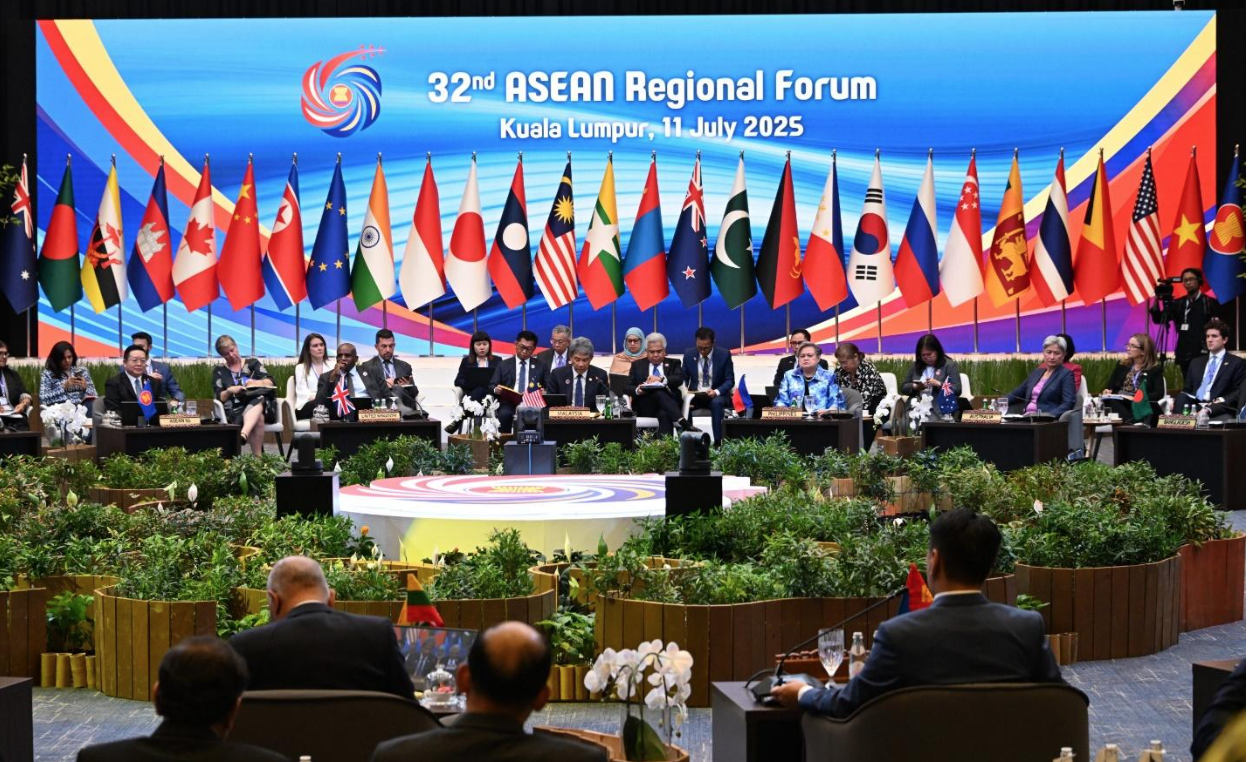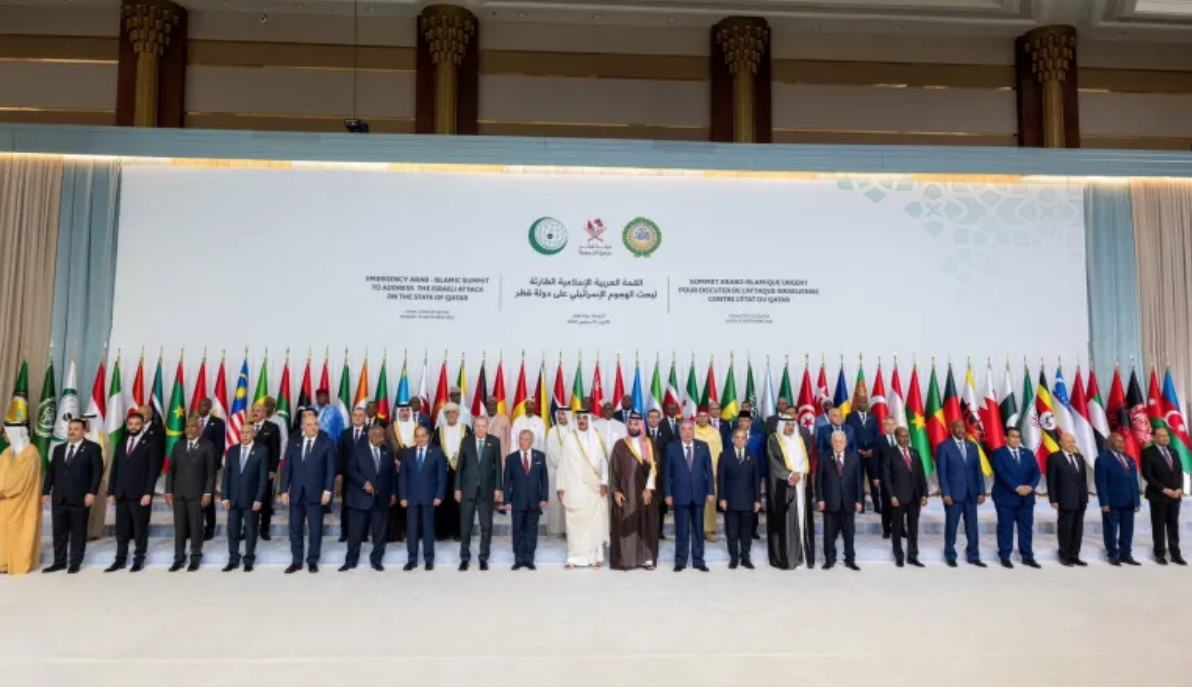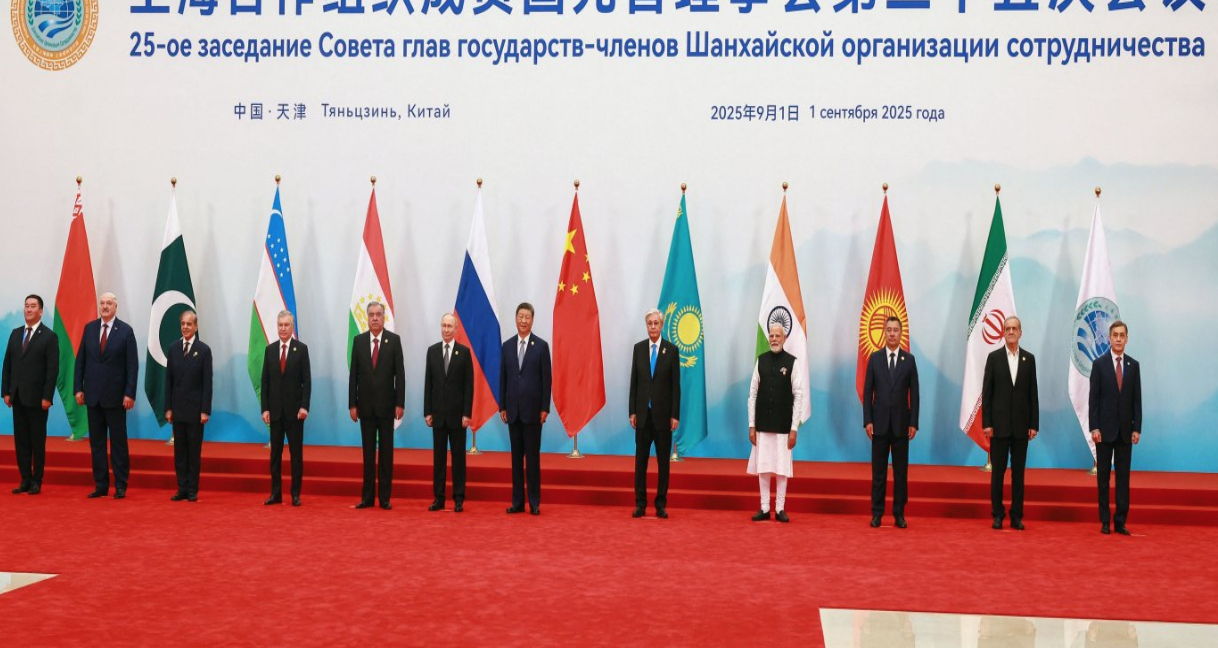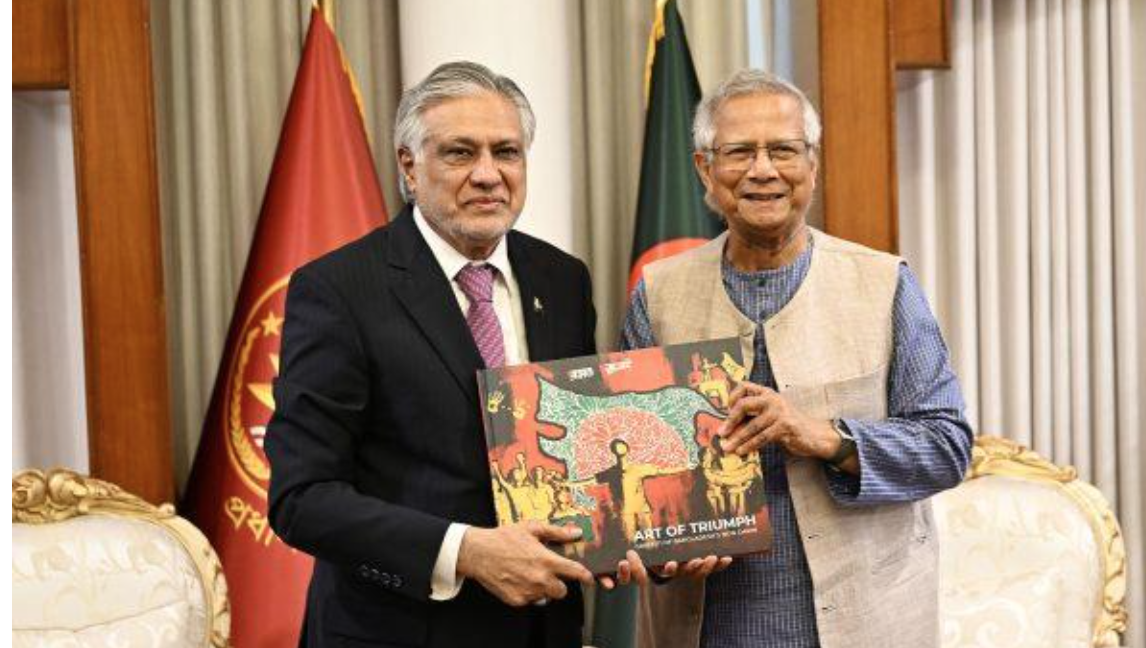ASEAN’s recent sequence of high-level ministerial meetings: the 32nd ASEAN Regional Forum (ARF), the 26th ASEAN+3 Meeting, and the 15th East Asia Summit (EAS), has reinforced its centrality in shaping the Indo-Pacific’s political and economic discourse. Yet, as discussions revealed, this centrality is under pressure. The widening gap between ASEAN’s declaratory commitments and its institutional capacity underscores both the promise and fragility of Southeast Asia’s multilateral framework. For Bangladesh, which seeks a deeper role in the Indo-Pacific architecture, the outcomes of these meetings hold strategic lessons and emerging opportunities.
A Balancing Core Under Strain
The ARF, convened as ASEAN’s primary security dialogue, once again highlighted the forum’s delicate balancing act. Conversations on maritime stability, non-traditional security, and crisis prevention reflected ASEAN’s continued preference for dialogue over deterrence. Yet this model faces strain amid escalating rivalries among major powers operating within the Indo-Pacific. The ARF’s ability to sustain confidence-building is now increasingly tested by the region’s shifting alignments and the slow erosion of consensus-based diplomacy. While the forum remains indispensable for keeping communication channels open, its limited capacity to translate dialogue into tangible cooperation was widely recognised as a structural constraint.
The Economic Engine of ASEAN+3
If the ARF’s challenge lies in security credibility, the ASEAN+3 process continues to consolidate its role as the region’s economic engine. The 26th meeting of foreign ministers placed strong emphasis on financial resilience, supply chain diversification, and technological innovation. The convergence of China, Japan, and the Republic of Korea within this framework offers an anchor of stability amid global volatility. Participants viewed this arrangement as a pragmatic model for inclusive economic recovery and an entry point for Bangladesh to pursue targeted engagement. Aligning with ASEAN+3 priorities, particularly in digital trade, green technology, and human capital development could help Bangladesh integrate more firmly into the East Asian economic network while preserving strategic autonomy.
The Expanding Scope of the East Asia Summit
The EAS discussions further revealed ASEAN’s expanding relevance as a bridge between economic and security cooperation. Issues such as climate resilience, energy transition, and disaster management were central to the dialogue. The EAS’s multidimensional character was recognised as a valuable platform for broader Indo-Pacific dialogue, where states like Bangladesh can contribute meaningfully through expertise in climate diplomacy and disaster risk governance. The debate also reflected on ASEAN’s dual challenge: remaining neutral in great-power politics while advancing an actionable regional agenda that translates principles into projects.
Converging Themes, Emerging Pathways
Across all three meetings, certain cross-cutting priorities: digital transformation, climate action, regional connectivity, and economic resilience stood out as ASEAN’s defining agenda. For Bangladesh, these overlapping issues are not peripheral; they align directly with national development objectives such as Vision 2041 and the Smart Bangladesh framework. Participants observed that digitalisation and climate adaptation present the most immediate opportunities for cooperation, while physical and maritime connectivity could position Bangladesh as a strategic bridge between South and Southeast Asia. To capitalise on these openings, sustained diplomatic engagement and institutional coherence at the national level will be essential.
The Road Ahead
The discussion concluded with a shared understanding that ASEAN remains the Indo-Pacific’s anchor for inclusive multilateralism, though its cohesion is being quietly tested by global fragmentation. For Bangladesh, the challenge lies not in choosing sides but in positioning itself where economic opportunity intersects with strategic prudence. Deepening participation in ASEAN-led mechanisms offers a path to expand influence without compromising neutrality. Yet, the test will be one of consistency, moving beyond episodic diplomacy toward sustained institutional partnership. For now, ASEAN’s meetings reaffirm a simple truth: the Indo-Pacific’s stability will depend less on grand strategies and more on the quiet endurance of dialogue, inclusion, and balance, which form the very principles that have long defined ASEAN’s strength.
This was part of a presentation in the in-house MRM, which was chaired by the Director General, BIISS. The Discussant for this event M Ashique Rahman, Senior Research Fellow, BIISS





